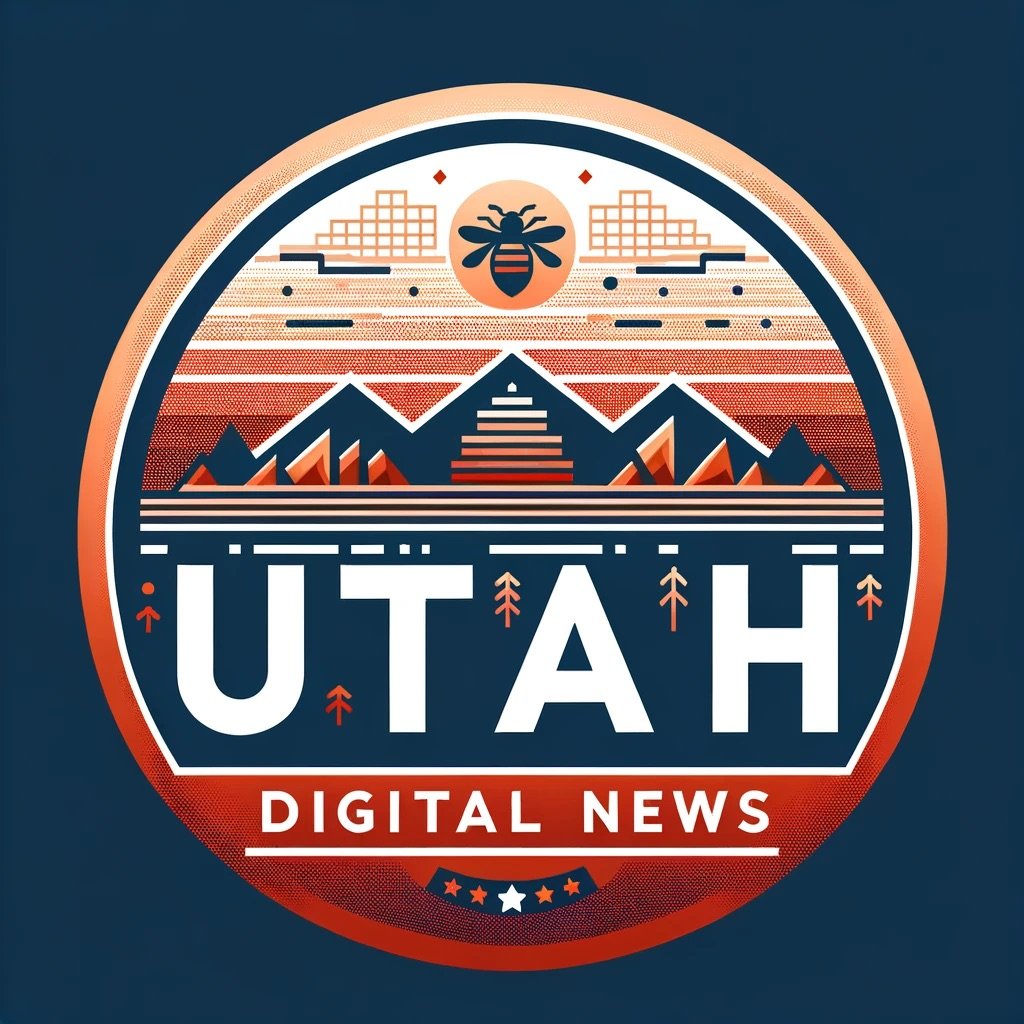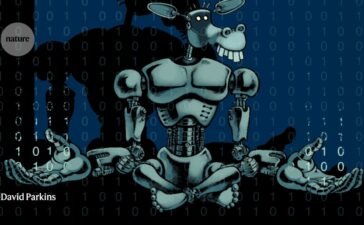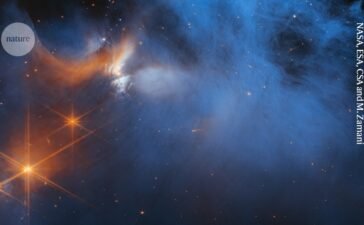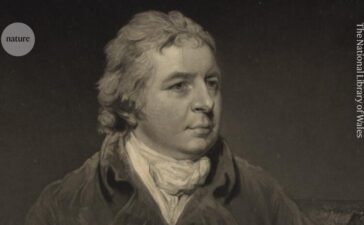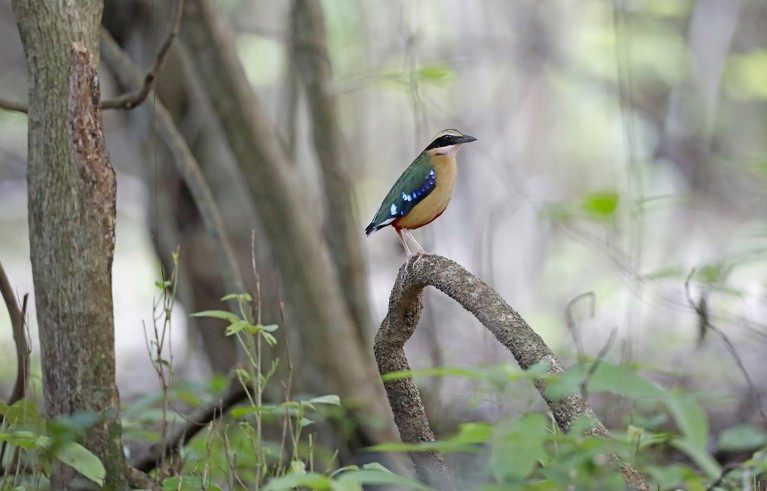
The African pitta’s isiZulu name unothingo — meaning rainbow — is a reference to its brightly coloured plumage.Credit: Richard Flack/NaturePL
Researchers hope that the Rudd’s lark’s new isiZulu name — unonhlozi — could bolster conservation efforts to protect the small endangered lark (Heteromirafra ruddi). Unonhlozi means eyebrows, a nod to the bird’s wizard-worthy eyebrows, and it is one of many new isiZulu words that researchers have created for South Africa’s birds.
“We must all engage with our natural heritage in any language we choose,” says Nandi Thobela, a manager at the non-governmental organization BirdLife South Africa in Johannesburg, and co-author of a paper published last week in the South African Journal of Science1. The article describes how the researchers developed isiZulu terminology for all 876 wild bird species found in the country.
The effort took more than a decade and involved numerous meetings to agree on the names, which were also made available for public comment before inclusion in the definitive list.
Lolie Makhubu-Badenhorst, director of the Multilingualism Education Project at the University of Cape Town, South Africa, welcomed the research. “Such a publication contributes and affirms the use of our South African Indigenous languages, particularly in the field.”
New terminology
IsiZulu is one of about 2,000 languages spoken in Africa, the overwhelming majority of which have been ignored by modern science. This can hamper research in many disciplines, including conservation science. Monitoring wild birds is a good way to gauge ecosystem health. But many African languages, including 10 of South Africa’s 12 official languages, do not have official names for different species, which can cause confusion.
Since 2011, a team of scientists, language specialists and Zulu bird guides have been working with Birdlife South Africa to create a complete list of South African bird names in isiZulu.
There were already isiZulu names for some birds, such as sparrow (ujolwane) and owl (isikhova), but the team adapted them to describe specific species. For some birds, the team had to coin entirely new names: the African pitta (Pitta angolensis), for example, was given the isiZulu name unothingo (which means rainbow), because of its green back, red undertail, yellow chest and striking face and wing markings. The barred wren-warbler (Calamonastes fasciolatus) is isanyendle, which means ‘like a cricket’, because of its cricket-like call. The names have been added to Cornell University’s global bird-identification app Merlin.
The 18 bird guides involved in the naming and their Indigenous knowledge were “absolutely essential” to the project, says co-author Eckhart Buchmann, a retired reproductive-health researcher and avid bird watcher based in South Africa. “How can you choose a bird name if you don’t have in-depth working knowledge of the isiZulu language in environments where birds are appreciated?” he says. “You can only do this if you’re a Zulu person who’s grown up with these creatures around you.”
Birdlife South Africa is now turning its attention to Sotho, a language spoken in the north of the country, says Buchmann.




